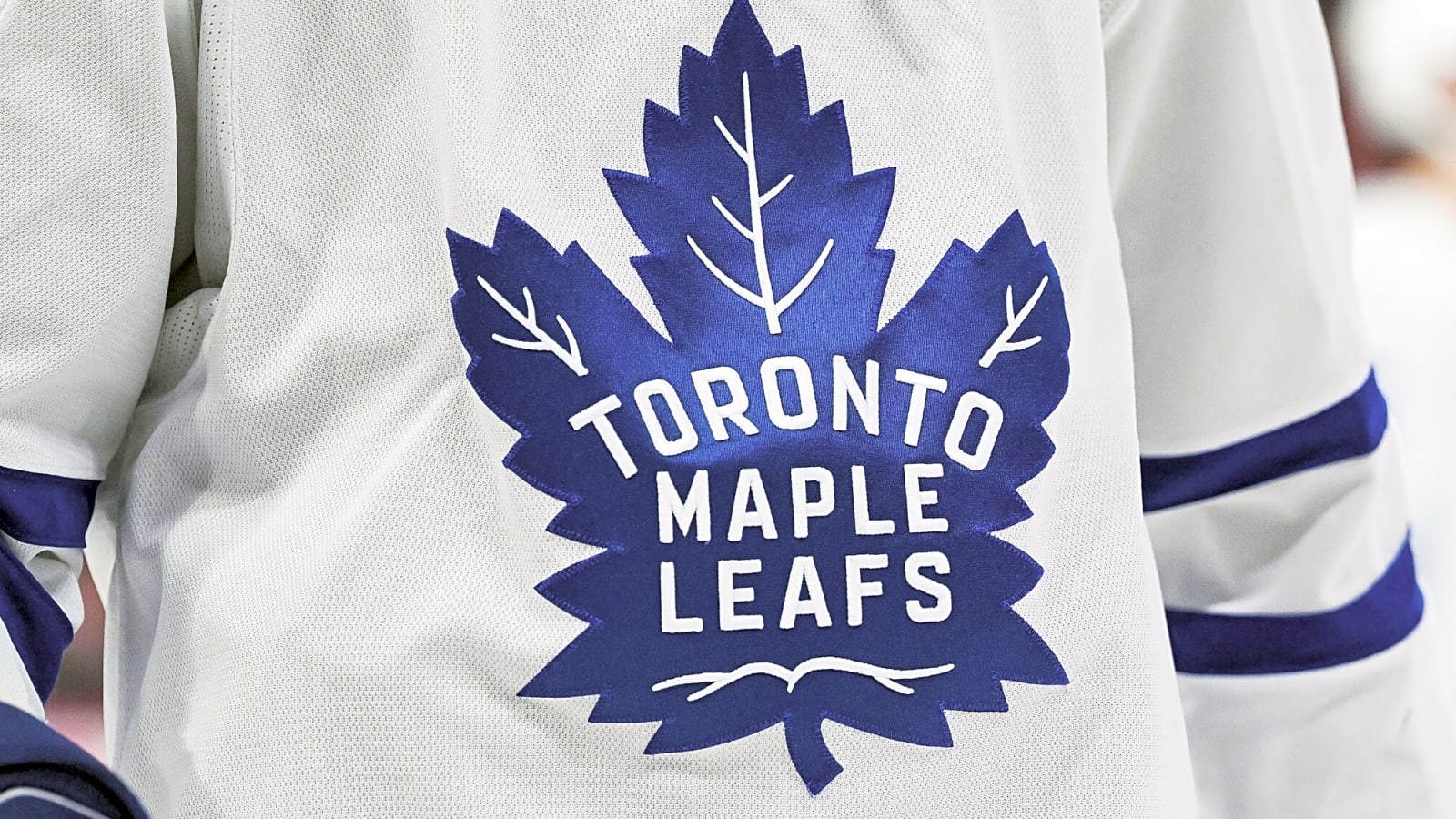
It’s the question no one in Toronto wants to ask out loud: Are the Toronto Maple Leafs improving this summer, or are they just rearranging the same old pieces, minus Mitch Marner?
Marner’s departure was long anticipated. With a $10.9 million cap hit entering the final year of his deal, Toronto had time to plan. And while losing a 100-point Selke-calibre winger is never easy, the financial flexibility should’ve been a springboard to build a deeper, more balanced team. Instead, there’s an argument that they’ve subtracted an elite player and added some role guys.
Do the Maple Leafs Have a Clear Direction?
The biggest concern is that the Maple Leafs didn’t seem to have a vision for how to use the savings from Marner’s exit. Rather than chasing top-tier help—either another high-end forward or a puck-moving defenceman—they spread the money thin. Depth pieces like Dakota Joshua and Nicolas Roy are useful, but they don’t replace Marner’s impact.
And Henry Thrun, their lone blue line addition, projects as a No. 6–7 defenceman. This was a team with a playoff-tested core that needed a supporting cast. Instead, they got… a different supporting cast.
The Maple Leafs Might Have the Same Defensive Issues
Toronto’s defence was already a weakness. The team ranked 23rd in expected goal share at 5-on-5 during the regular season and struggled again in the playoffs. Marner, for all the criticism he took, helped smooth over some of those issues with elite puck possession and transitional play. Now that he’s gone, the lack of puck movement from the back end is more glaring than ever.
Worse still, the Maple Leafs don’t have the trade capital they once did. After splurging on Brandon Carlo and Scott Laughton at last year’s deadline—with little return—they’re short on assets and options. They’ll likely need to trade contracts like David Kämpf or Calle Järnkrok to even try improving at the deadline. It’s not just a roster problem—it’s an organizational squeeze.
Playoff Grit or Playoff Mirage?
There’s a new narrative that Toronto’s moves make them “tougher to play against.” But toughness alone doesn’t win playoff series—top-end performance does. Marner, despite his playoff critics, has actually driven strong results: 74-point pace, positive goal share, and consistent top-line production.
Can the same be said for Joshua or Roy? The answer is no, and that’s before we even get into whether the team’s star players will continue to carry the weight on their own.
So… Are the Maple Leafs Better?
In some ways, yes. They may be harder to push around, slightly more balanced in the bottom six, and still talented enough to make the playoffs. Auston Matthews and William Nylander are too good to let this team sink.
But are they better in the ways that matter most—playoff scoring, transition play, defensive puck movement, game-breaking talent? The argument is that they’re not, and that’s a problem.
Unless something big changes before opening night, it’s fair to ask: did the Maple Leafs really improve this offseason, or did they take a step sideways—and maybe even a step back?
More must-reads:
- Alex Ovechkin provides update on extension talks with Capitals
- Wyndham Clark pulls petty move in wake of U.S. Open venue ban
- The 'NBA yearly field goals-per-game leader' quiz
Breaking News
Trending News
Customize Your Newsletter
 +
+
Get the latest news and rumors, customized to your favorite sports and teams. Emailed daily. Always free!








